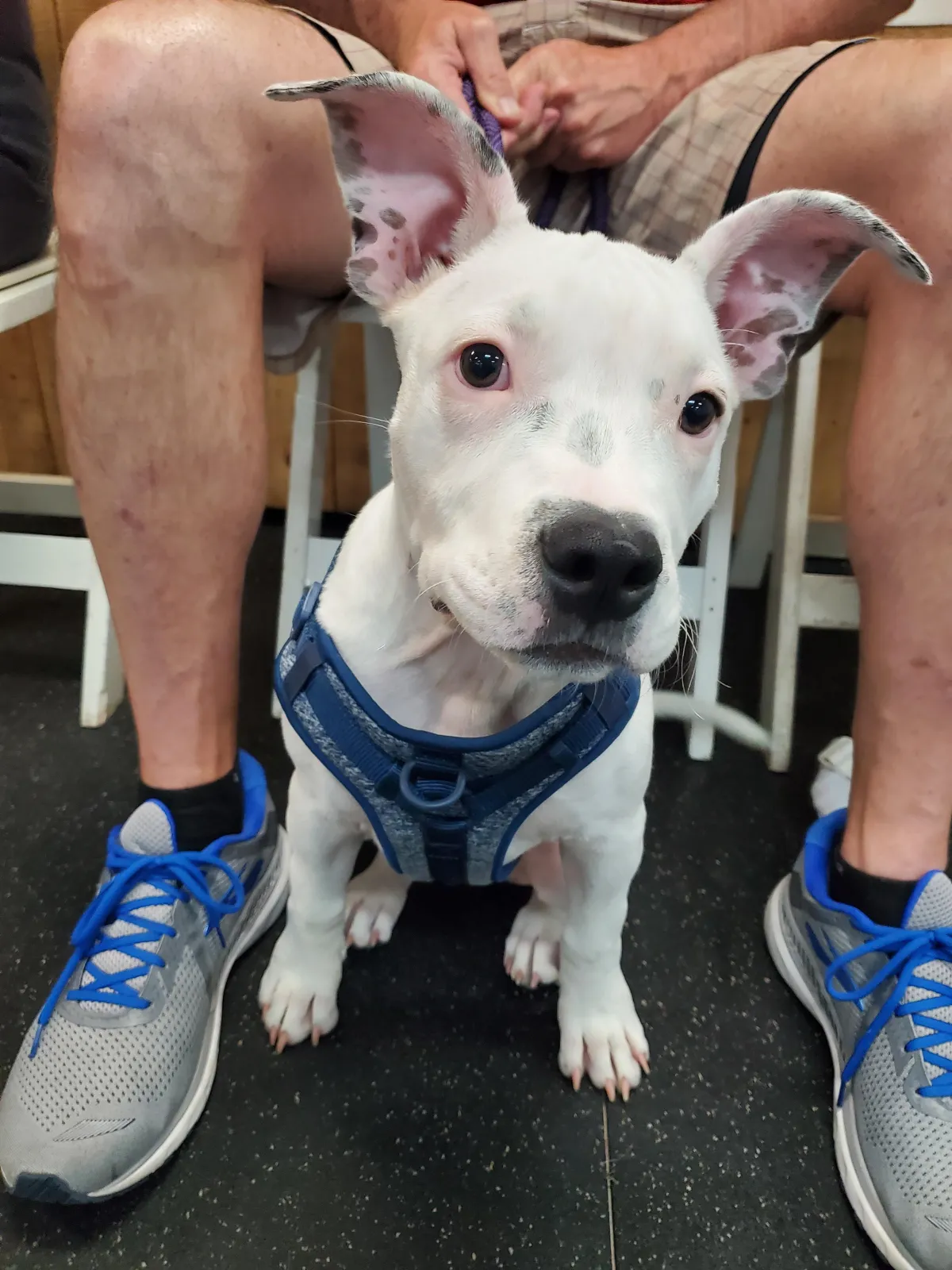
Evolved Dogs Blog
For pet guardians learning about their canine
companions and how to put their best foot
forward in living with and teaching their dogs

EDB0018 - LIMA & The Humane Hierarchy
***NOTE
This blog was written in November of 2024. Since then, the IAABC has released new standards of practice. They are now using a new framework called “FREE.” This is a similar framework but not the same as LIMA. You can read about that more with the first link below. The blog will remain unchanged from here.
IAABC Updated Standards of Practice
******************************************************************
LIMA = Least Intrusive, Minimally Aversive
When it comes to teaching our dogs new skills or helping them change their feelings towards something, we have to look at a much bigger picture than just the training itself. Behavior change is affected by multiple things including genetics, learning history, health, & nutrition; and those aren’t the only factors. To get the behavior change we are looking for, we need to make sure we are helping our dogs by meeting their individual needs and then training with methods that create trust, clarity, & cooperation. With all of this in mind, the Humane Hierarchy from Dr. Susan Friedman and the LIMA guidelines used by the IAABC & CCPDT provide us with a great framework to use.
The Humane Hierarchy assists owners and animal care professionals in understanding the standard of care to be applied in the training process and provides a suggested order for applying those training practices. This makes sure that we are training with the Least Intrusive Minimally Aversive methods for that individual dog’s situation.
Here are the details about LIMA and the Humane Hierarchy guidelines.
Health, nutritional, and physical factors: Ensure that any indicators for possible medical, nutritional, or health factors are addressed by a licensed veterinarian. The consultant should also address potential factors in the physical environment.
Antecedents: Redesign setting events, change motivations, and add or remove discriminative stimuli (cues) for the problem behavior.
Positive Reinforcement: Employ approaches that contingently deliver a consequence to increase the probability that the desired behavior will occur.
Differential Reinforcement of Alternative Behavior: Reinforce an acceptable replacement behavior and remove the maintaining reinforcer for the problem behavior.
Negative Punishment, Negative Reinforcement, or Extinction (these are not listed in any order of preference)
Negative Punishment - Contingently withdraw a positive reinforcer to reduce the probability that the problem behavior will occur.
Negative Reinforcement - Contingently withdraw an aversive antecedent stimulus to increase the probability that the right behavior will occur.
Extinction - Permanently remove the maintaining reinforcer to suppress the behavior or reduce it to baseline levels.
Positive Punishment: Contingently deliver an aversive consequence to reduce the probability that the problem behavior will occur.
You’ll notice that meeting our dogs’ health, nutritional, and physical wellness needs come first. This is the foundation of your dog’s behavioral health and training; it needs to take priority. From there we address the “antecedents” (triggers/cues) that may be playing a role by making changes to the environment and setting up appropriate management. After those bases are covered it moves onto actually training whatever skills are necessary for you and your dog and the Humane Hierarchy provides a suggested path through those choices starting with Positive Reinforcement based methodologies as our main path; and in many cases, our only path!
For more information: https://iaabc.org/en/lima (this link will now redirect you to their updated SOP)
Make sure you join my online learning community, Evolved Dog School, for more information like this and to join in on any active discussions in the group!